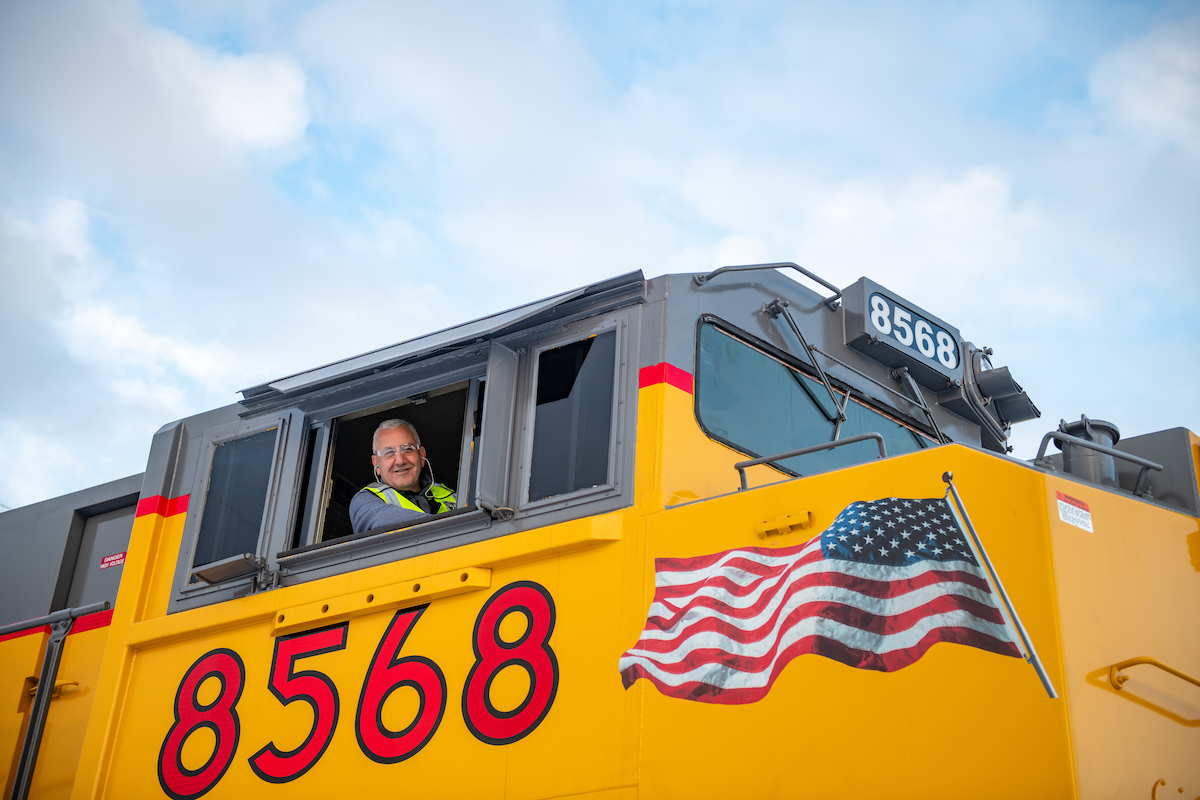
Union Pacific appears to be using a familiar playbook that large, publicly traded companies trot out when considering mergers and acquisitions: Send up trial balloons and see how they fly.
These trial balloons let management gauge market reaction, political sentiment, and how the media might spin the story, all without committing to a deal. They also allow a company to shape the narrative.
Yesterday the Wall Street Journal reported that UP was having merger talks with Norfolk Southern. There was no guarantee the talks would result in a deal, the newspaper said, citing people familiar with the matter.
The Associated Press reported later on Thursday that UP and NS began merger talks in the first quarter of this year, citing people familiar with the matter. Similar reports emerged from Reuters and the Financial Times.
It was the second straight day of leaks to the media. Semafor, an online publication, reported on Wednesday that UP was working with the investment bank Morgan Stanley for advice on potential mergers, again citing people familiar with the matter. Semafor earlier had reported that UP was in merger talks.
An educated guess would be that these deliberate leaks came from within Union Pacific Center at 1400 Douglas St. in Omaha, Neb. It’s possible, but seems less likely, that the slow drip of information came from 650 W. Peachtree St., the NS headquarters in Atlanta.
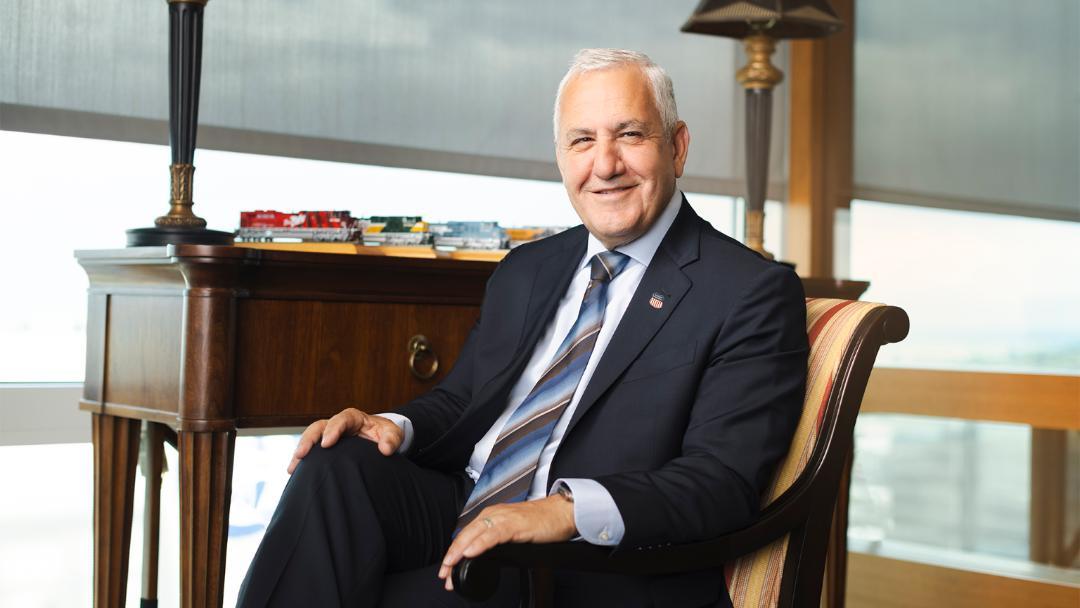
There was certainly no leak involved when UP CEO Jim Vena touted the benefits of mergers — and acknowledged the regulatory risks — in an April interview with Trains. “I think it’s a win for our customers and a win for competition and it’s a win for how the country should move ahead. Now, on the regulatory front, it’s complicated,” Vena said.
The magazine’s May 12 report, “Some Class I railroads take a fresh look at mergers,” sparked a wider public conversation that included rail executives, investors, analysts, and the business media.
Within a few weeks, top executives from all of the major railroads gave their outlooks on potential Class I mergers. Investors weighed in, too. NS and CSX stock prices have rallied on merger speculation, while UP’s has remained flat, perhaps an indication of concern over regulatory risk. A TD Cowen shipper survey found that two-thirds of rail customers would support a transcon merger so long as it offered concessions such as reciprocal switching. And Surface Transportation Board Chairman Patrick Fuchs carefully sidestepped questions about mergers.
The progression here — Vena sounding like a man in a merger mood, followed by leaks that offered increasingly more detail — are a test of how the market, investors, competitors, customers, and regulators would react to a potential deal. It’s a strategic process that unfolded predictably.
What happens next is not so predictable. Certainly this is a case of where there’s smoke there’s fire, and you can believe the media reports that cite people familiar with the matter. Until there’s a formal merger announcement, though, we’re left with questions — lots of them.
Could another suitor emerge now that the railroad world knows UP and NS are in talks? To protect his shareholders, NS CEO Mark George will have to seek other offers, if only to know if whatever merger premium UP is willing to pay is in the ballpark.
If UP and NS reach a deal to form the first transcontinental railroad in the U.S., how will Western rival BNSF Railway react? Will it begin talks with CSX? Or will it tap owner Berkshire Hathaway’s nearly bottomless cash reserves and start a bidding war for Norfolk Southern?
If talks with NS are a dead end, will UP seek to partner with CSX?
In the current political environment, it seems unlikely that Canadian National or Canadian Pacific Kansas City could enter the fray. Can you imagine the reaction in Washington if a Canadian railroad were to propose acquiring one of the Eastern U.S. railroads? Hoo-boy.

Since one merger deal will inevitably lead to another — leading to two coast-to-coast railroads in the U.S. — how will that play with shippers, regulators, elected officials, and the Justice Department?
And how could any deal get past go without a voting trust? Among other things, voting trusts allow shareholders of the railroad being acquired to cash out right away, rather than waiting for the regulatory process to play out over 18 months or more. In the battle for Kansas City Southern, the STB shot down CN’s request to put KCS in a voting trust, and analysts believe that decision shut the door to use of a voting trust under the board’s tougher 2001 merger rules.
Amid these questions, three things seem clear. First, any merger application will face an uphill battle given the STB’s untested and tougher 2001 merger review rules. Second, no application will be filed until a third Republican is named to the STB, which would break the current 2-2 split along party lines. And, third, it sure will be interesting to watch this chess match unfold.
You can reach Bill Stephens at bybillstephens@gmail.com and follow him on LinkedIn and X @bybillstephens






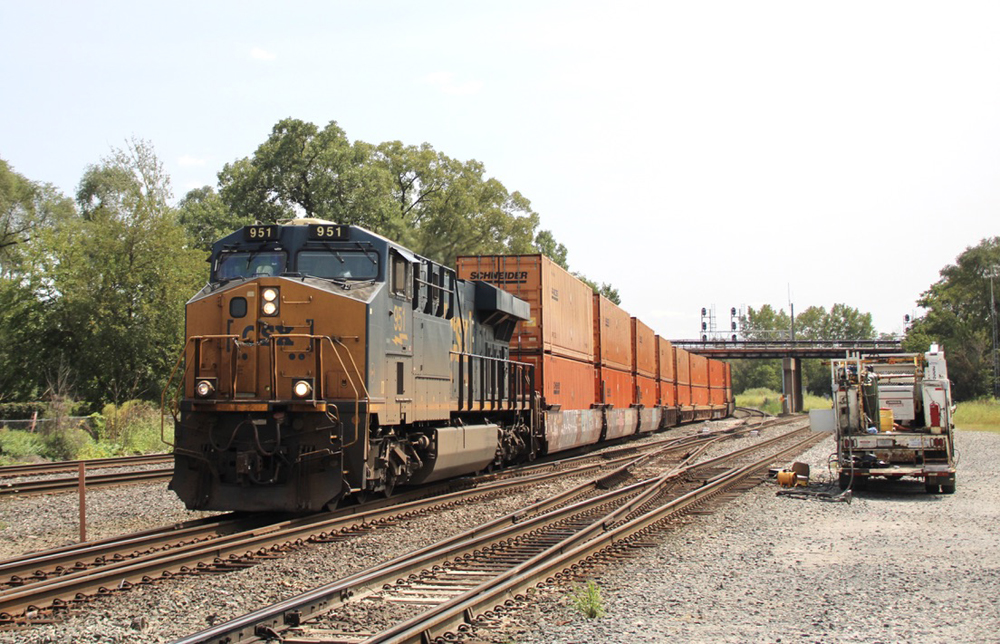
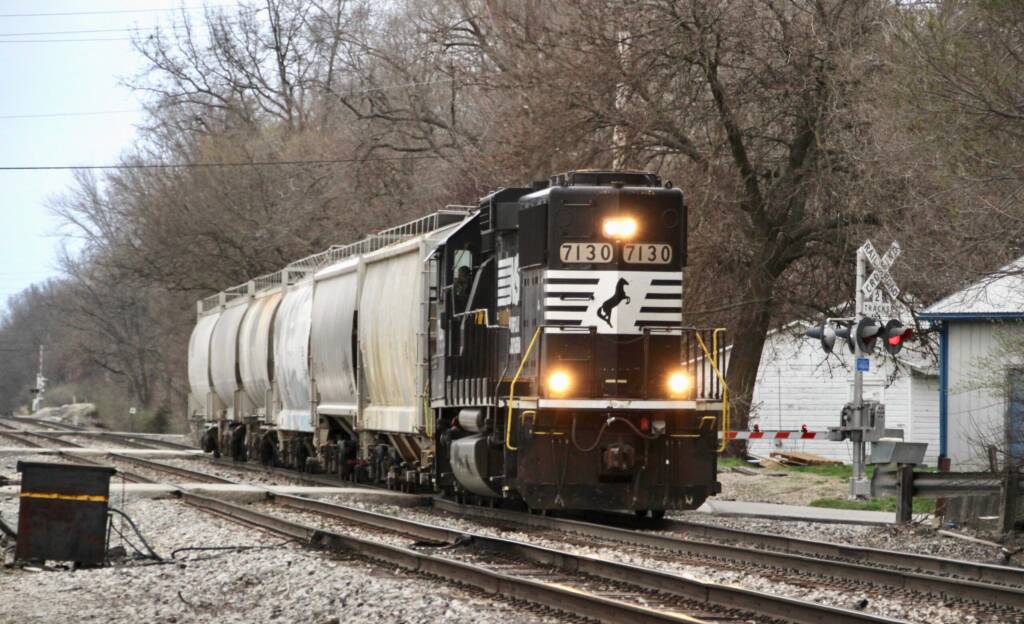
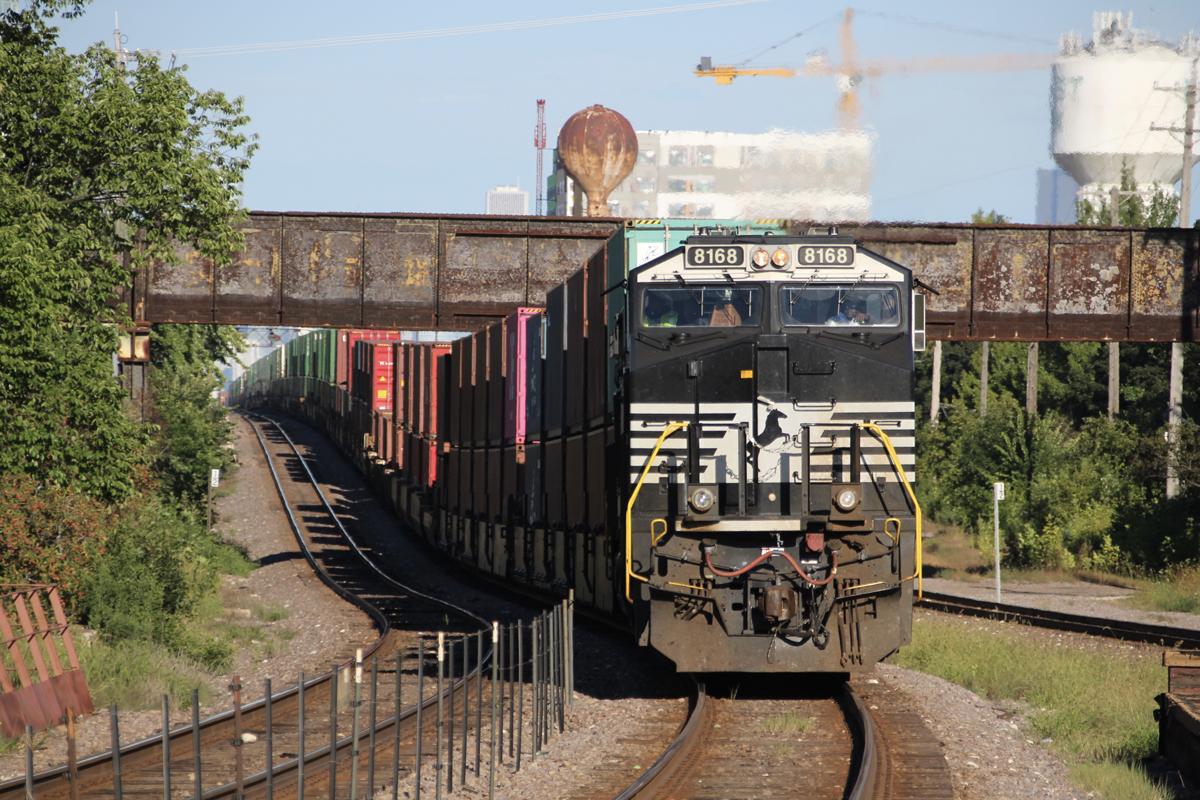
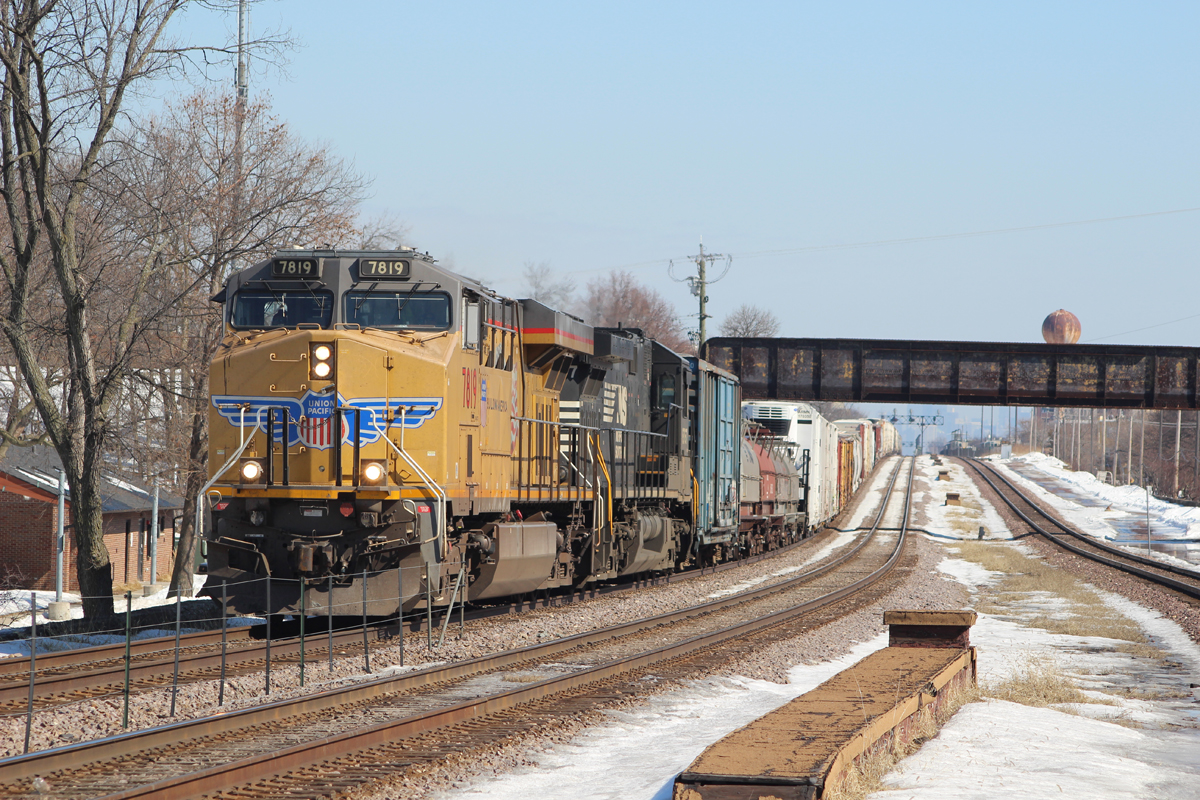

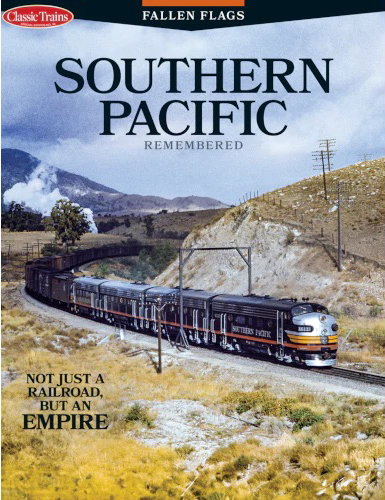
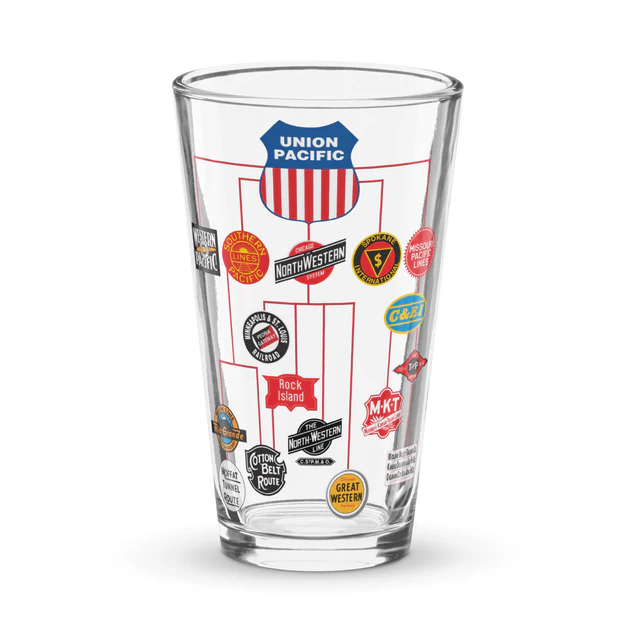
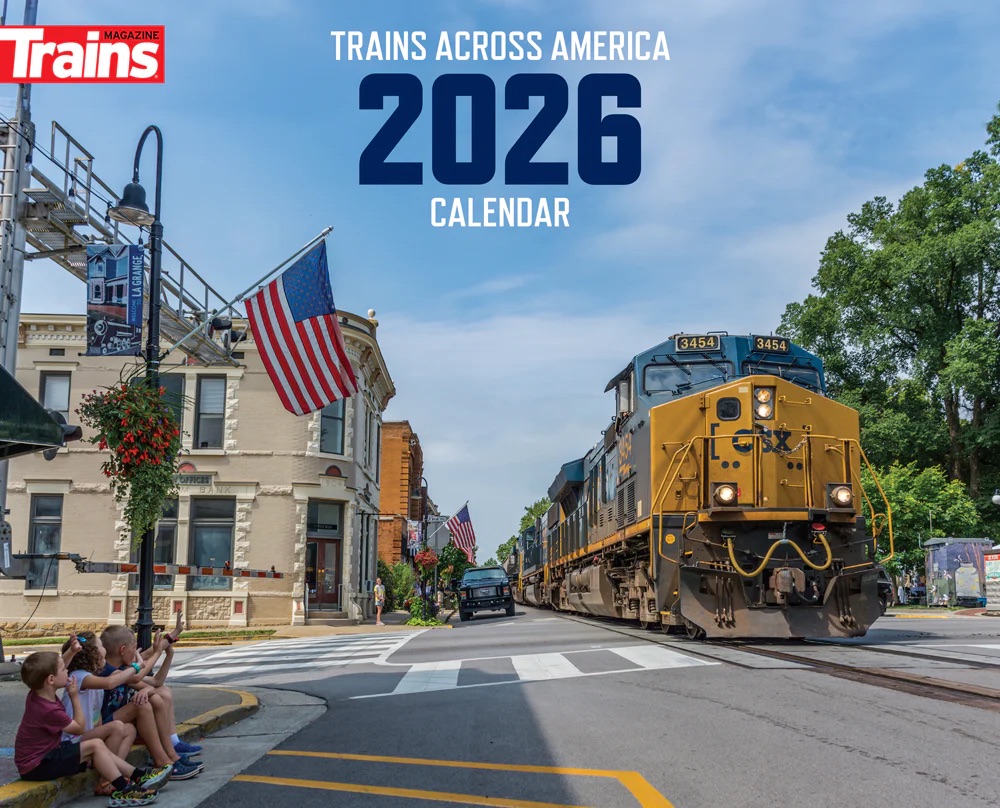
This is all just talk… Nothing is going to happen. UP already had one merger that took forever and didn’t happen. “Remember the Rock Island…” This is more of the same.
“Mergers…we don’t need no stinking mergers…”
Everyone is missing the real reason that UP wants NS. They want and need Lambert’s Point to be able to ship coal! The west coast communist won’t let UP build a coal transport terminal and UP has to have one. The Pokey would explode with traffic if this merger gets done! Lambert’s Point and the Chicago Line would be worth the price plus it would include a link to their investment in the FEC with Groupo Mexico.
The first question everybody should be asking is “why NS instead of CSX”?
If you look at a railroad map it may appear CSX would be a better fit, especially at St. Louis. But its not what UP has been looking at. Its the ex-Wabash main line east out of Kansas City.
Several years ago UP approached NS about a trackage rights deal to use the line – NS said no. But why the UP interest? UP wants a better route connecting the LA Basin and the Global 4 terminal near Joliet. UP also has to pay BNSF a significant trackage rights fee to use the BNSF transcon between Kansas City and Chicago. The ex-Wabash line allows UP trains to bypass St. Louis.
“Several years ago UP approached NS about a trackage rights deal to use the line – NS said no”
There might be some conflation of different activities going on here.
UP approached NS for a trackage rights deal east out of KC, but only as far as Iles in Springfield, Illinois.
TRRA was going to take the MacArthur Bridge in St Louis out of service on the Missouri side to fix a dimensional load and bridge stability issue on the west approach over Broadway Street. UP had been nagging TRRA about it for years because UP couldn’t take certain loads through it and the traffic had to take a circuitous route to bypass it.
NS granted the rights and for awhile UP was taking loads through NS to reach Springfield, IL. But once the Broadway Bridge was replaced, and the approach put back in service the rights deal ended.
It might be possible UP wanted something more from NS than just a bypass to Springfield, but it was never revealed to anyone. UP already has rights on the (currently out of service) CSX Illinois Sub as far as Salem, Illinois to reach the former C&EI when the bridge at Thebes is backed up.
UP is in a pretty good position when crossing the Mississippi in Illinois through the bridges in Thebes (C&EI), St Louis (Cotton Belt), Clinton (CNW).
The anti-trust bones in me don’t even like the trial balloons. Unless it results in a nationalized rail network. Then maybe.
Seriously, Dominik? Do you want Yet another tRump flunky running the entire US railway system?!?
Shirley, you jest.
Who is “Shirley?”…Sorry, couldn’t help myself… lol
15 years ago, the scuttlebutt was that the powers that be wanted two combinations. CSX-UP and BNSF-NS. Interesting to see these discussions are seeing the light of day.
UP is exploring, NS is watching… A huge deal indeed… Of course, nothing is certain right now. However, let’s remember that “there’s no smoke without fire!”
Dr. Güntürk Üstün
Posing on the 30-year-old, giant EMD SD70ACe locomotive of the giant company he manages, highly talented, 66-year-old Jim Vena must undoubtedly be remembering his days as an engineer at CN…
Dr. Güntürk Üstün
I smell another looming, self-induced supply chain crisis. For all the corporate shoe shining about best of this and that, railroads have already demonstrably proven they are too big, unwieldy, unresponsive and incapable of merging, even on lesser terms as with the phenomenal boondoggles of the 90s.
If this or one other merger should get through it would be only about 10 years before all lines became “U S Railway” and we can always draw the unhappy conclusion of failure as evidenced by such prior railroads in Mexico and Canada and other attempts. In the west there is already terrible competition. In the east there are so many main lines close enough that at least there is some true competition. I suggest it not be thrown away.
Here is a wild concession that the STB could require of the merged RR.
The RR will allow open access upon a 90 day notice allowing Amtrak to initiate a new or revised route & schedule change.
Or…reciprocal switching rights to any competing railroad.
That by itself will kill the deal…
Couldn’t the railroads just stay the way they are since they have done enough merging anyway
KRIS I would say much the same. I would delete your last words “enough merging anyway” and substitute “enough damage anyway”.
Kris, they could, but then how would their shareholders (the most powerful entity in any railroad) chase, as Greta Thunberg so aptly put it, “the fairy-tale of perpetual growth”?
Good one, Mr. Carleton! Can you imagine the clusterfark ensuing when merging the IT and dispatching systems of any combination of the Big Four US roads? The problems involved in merging Operating, HR and Finance would pale in comparison. Shippers and receivers beware!
And all this time we thought BNSF meant “Buy Norfolk Southern First”
I don’t think it will happen.
The concessions the STB or competing roads will want in return will be significant. The STB will want a restructuring of the entire network for *everyone*, so it won’t happen.
They already cooperate contractually on shipments so a merger to merely cut the overhead costs that both bear, does not add any value to the shareholders or shippers. It will just kick off another round of abandonments, spinoffs and push back on shippers. People tend to forget that when railroads merge, they also increase the power of its associated unions.
It may not, but it could lead to something UP wants from NS – a reasonable trackage rights deal on the ex-Wabash main line east from Kansas City. Of course BNSF would be involved because NS has trackage rights over BNSF for a ways east of KC.
UP’s trackage rights over BNSF from KC to Chicago has been a thorny issue between the two railroads for awhile now. My understanding is BNSF raised the trackage rights fees and UP has NOT happy about it.
I would be interested in what concessions CPKC and CN would require gaining their acquiescence to this proposed merger. One benefit I can see is that Kansas City will be a prime gateway that would largely replace Chicago.
No chance. All of the Class I have spent nearly $100 billion building new connections, more than a dozen logistics parks, and public-private funded CREATE projects. No way is UP walking away from billions invested by them and NS.
Sure, they’ve spent a lot of money to speed Chicago interchanges up a bit, but Norfolk Southern’s Kansas City District bypasses the congestion at both Chicago and St. Louis.